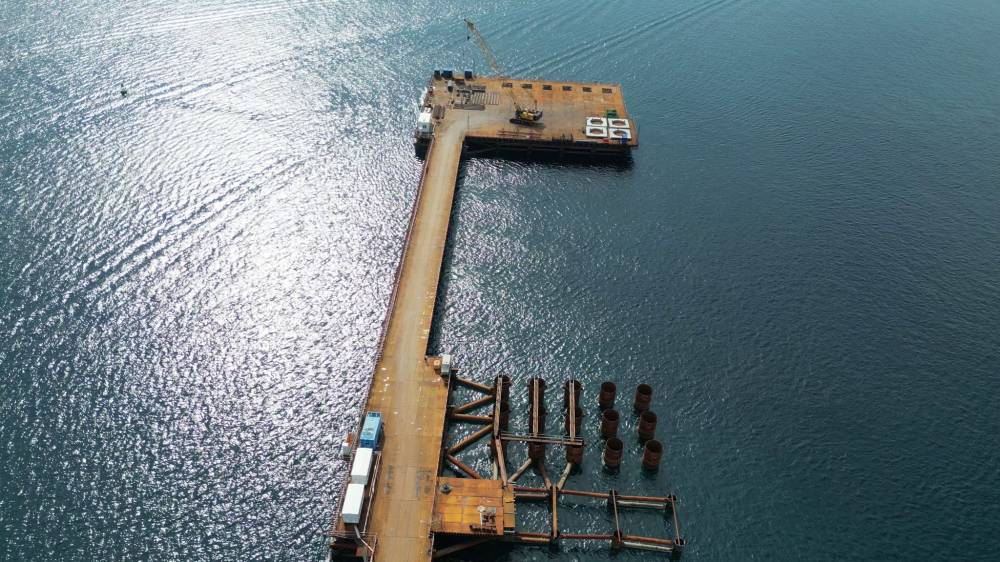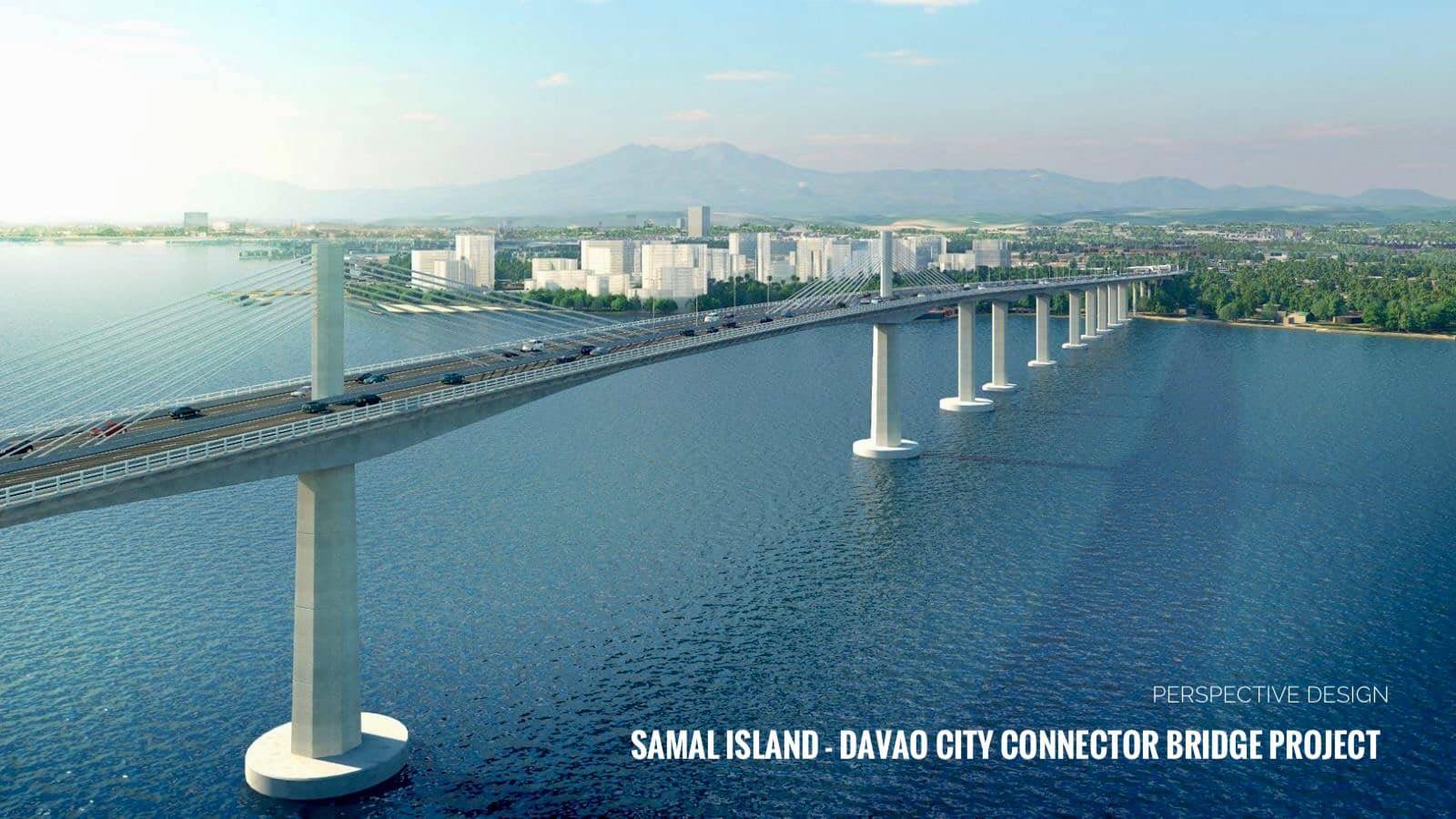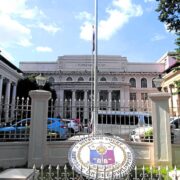Writ sought vs Samal-Davao bridge project

Scientists and environmental groups on Monday filed a petition for a writ of kalikasan at the Supreme Court to stop the construction of the bridge that will connect Davao City and Samal Island due to the alleged “actual, serious, and irreversible damage” it has done to the coral reefs in the area.
Construction of the P23.52-billion Samal Island-Davao City Connector (SIDC) project, a 4.76-kilometer bridge financed by China, is ongoing and on track to be completed by September 2028, according to the Department of Public Works and Highways (DPWH).
“This case reveals both a slow and an immediate death of the coral reefs in the Davao gulf and of the ecosystems, including local communities, that collectively depend on these reefs for their continued existence,” the 200-page petition read in part.
It cited the respondents for allegedly destroying and disturbing wildlife within the protected area, killing and destroying wildlife species, and destroying marine organisms, and other nonliving components of the coastal and marine environment such as sand and rocks, among other violations, citing in particular Paradise Reef in Samal Island and Hizon Marine Protected Area in Davao City.
The petitioners, represented by environmental lawyer Tony La Viña, include Carmela Marie Santos, director of Ecoteneo; Mark Peñalver, executive director of Interfacing Development Interventions for Sustainability Inc.; Sustainable Davao Movement, and Marvelous Dainty Camilo, chair of Dyesabel Philippines Inc.
Named respondents are the DPWH, the Department of Environment and Natural Resources, the Samal Island Protected Landscape and Seascape Protected Area Management Board, and builder China Road and Bridge Corp.

Coral reef death
The writ of kalikasan is a legal remedy that protects the constitutional right to a balanced and healthful ecology, a right which the petitioners said included the preservation of coral reef systems.
In addition to the writ, the petitioners also asked the high court to immediately issue a temporary environmental protection order directing the respondents to cease and desist from the construction of the SIDC project and, after the conduct of a summary hearing, that it be extended until the termination of the case.
They also asked the court to mandate the rehabilitation of the damaged coral reef ecosystems and for the officials involved to take public accountability.
Marine biologist John Lacson, who had been documenting the corals long before the project, said that even before the actual construction and with only the installation of the craneway—a structure which the builders installed to bring in the industrial equipment and plant the vertical pillars of the bridge—all the coral reefs underneath the craneway already died.
“Under the craneway, 100 percent of the reefs are already dead.”
He also said that a third of the Paradise Reef, once a thriving reef that connects to other coral reef formations in surrounding areas, were already destroyed.
“Our opinion as scientists is that the remainder of this process will actually cause the entire death of this coral reef called the Paradise Reef.”
“We believe one coral reef lost is one too many in pursuit of development,” said lawyer Mark Peñalver, executive director of the IDIS, who represented his group and the Sustainable Davao Movement in the petition.
He said they were not against the bridge per se but only against its current location because of the damage that it costs to the Paradise Reef and the Barangay Hizon part of Davao City earlier declared by a city ordinance as marine protected area.
“These are two important marine ecosystems that will benefit residents of both islands in terms of food security and of course in addressing climate change impact,” he said.





















